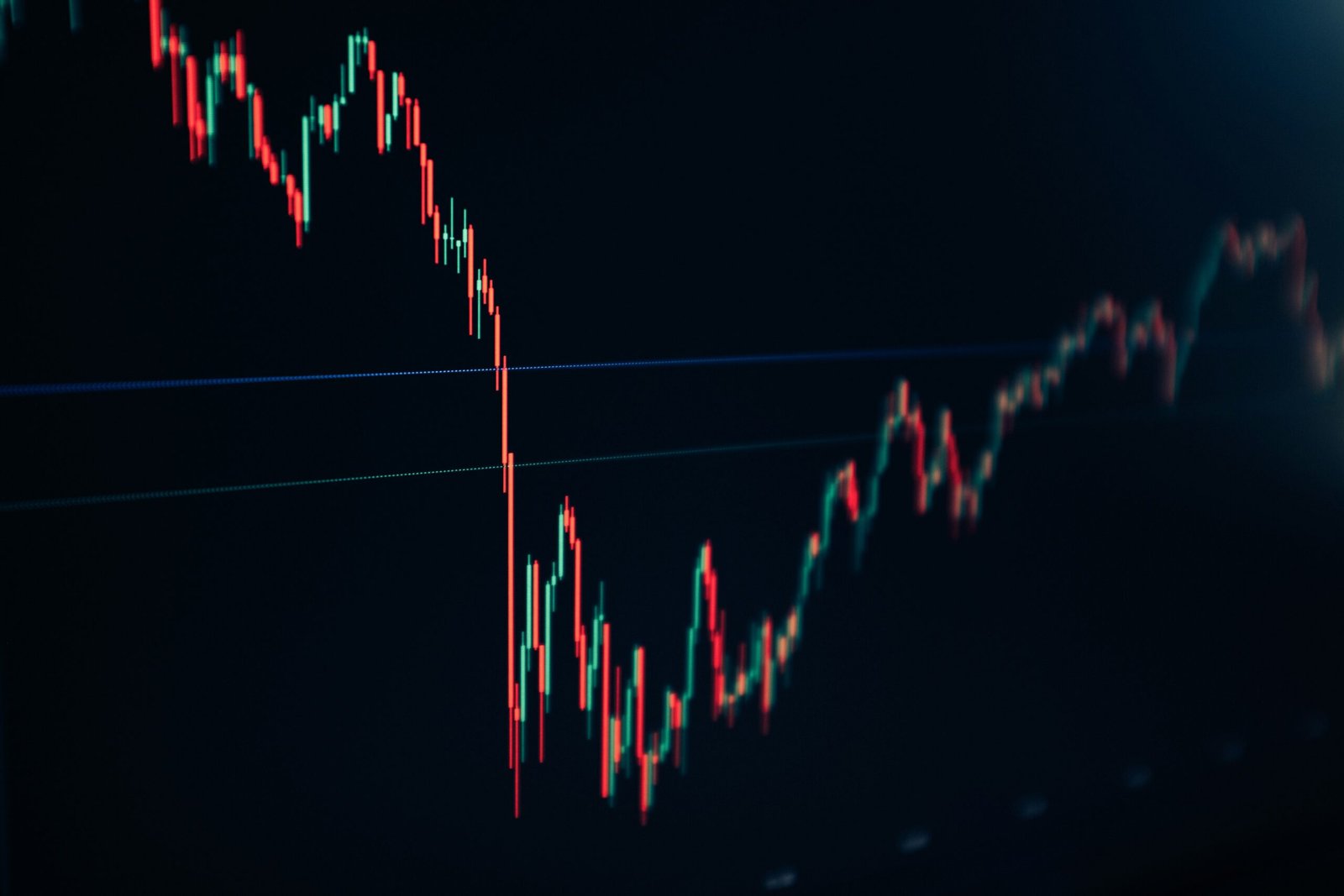Understanding Capital Structure
Capital structure refers to the way a corporation finances its overall operations and growth through different sources of funds. It is predominantly composed of two main categories: debt and equity. Debt includes loans and bonds that the company must repay over time, while equity represents the ownership stake held by shareholders, originating from retained earnings and the issuance of stocks. Additionally, hybrid securities, which possess characteristics of both debt and equity, are also integral components of capital structure.
The significance of capital structure cannot be overstated, as it directly impacts a firm’s operational capabilities and financial strategy. An optimal capital structure is essential for minimizing the firm’s overall cost of capital, which is crucial for maintaining competitiveness and profitability. Companies seek to strike a balance between debt and equity to ensure they can meet their obligations while also maximizing returns to shareholders. A well-structured capital framework allows a firm to leverage its funding effectively, fostering growth while managing associated risks.
Furthermore, capital structure influences a firm’s risk profile. A higher level of debt typically increases financial risk, as companies become susceptible to interest rate fluctuations and economic downturns. In contrast, a robust equity position may cushion against volatility but can dilute ownership and control. Thus, investors and stakeholders closely scrutinize capital structure to assess financial stability and risk management practices. It is evident that the implications of capital structure extend beyond funding; they play a critical role in determining a company’s overall financial health and responsiveness to market dynamics. During volatile markets, these factors become even more pronounced, necessitating a thorough understanding of how capital structure may be adjusted to maintain resiliency and strategic alignment.
The Impact of Market Volatility on Capital Structure Decisions
Market volatility significantly influences companies’ capital structure decisions, as firms must navigate unpredictable economic conditions that can alter their financial stability and access to funding. In periods of heightened market fluctuations, such as economic downturns or sudden shifts in interest rates, companies face increased uncertainty about future cash flows and profitability. This unpredictability urges firms to reassess their mix of debt and equity financing strategically.
One of the primary aspects that firms must consider in volatile markets is risk management. When market conditions are unstable, carrying high levels of debt can pose substantial risks due to the possibility of reduced revenues and cash flow shortages. Consequently, companies may opt for a more conservative capital structure that prioritizes financial resilience over potential growth. By emphasizing equity financing, firms can preserve liquidity and minimize the burden of fixed interest payments, thus improving their ability to withstand economic shocks.
Conversely, a lower reliance on debt financing also implies sacrificing some potential returns that could be generated from leveraging capital. As firms evaluate their capital structures, they must weigh the benefits of using debt, such as tax shields and enhanced returns on equity, against the risks of financial distress. This trade-off becomes particularly critical during turbulent times, where the cost of capital could rise due to higher perceived risks by investors and lenders alike.
Additionally, financial flexibility becomes paramount in volatile environments. Companies that maintain lower levels of debt are often better positioned to seize opportunities, such as acquisition targets or expansion projects, during market downturns. Thus, strategic capital structure decisions in the face of market volatility require a careful analysis of risk appetite, cost of financing, and the corresponding benefits of maintaining liquidity and flexibility amid uncertainty.
Strategies for Achieving Optimal Capital Structure in Uncertain Times
In volatile markets, businesses face significant challenges in maintaining an optimal capital structure. To navigate these turbulent conditions, companies can implement a series of strategic approaches that enhance resilience and adaptability. One of the effective strategies is adjusting debt levels strategically. Organizations should assess their current debt obligations and consider refinancing options to lower interest rates or extending maturity profiles. This approach can improve cash flow and reduce financial risk, thereby fortifying their overall capital structure in uncertain environments.
Another essential tactic involves exploring new equity financing options. Firms may consider private placements or public offerings to bolster their capital base. By diversifying funding sources, businesses can mitigate reliance on debt and enhance financial flexibility. Equity financing can also serve as a cushion during times of economic strain, allowing companies to maintain operational stability without overstressing their debt levels.
Maintaining liquidity reserves is crucial in periods of volatility. A robust liquidity position enables businesses to respond quickly to unforeseen expenses or investment opportunities. By establishing a well-structured cash reserve, companies can navigate uncertainties without drastic measures such as liquidating assets or incurring high borrowing costs.
Utilizing hedging techniques also plays a vital role in achieving an optimal capital structure. Companies can employ financial derivatives to mitigate risks associated with fluctuating interest rates and exchange rates. By implementing hedging strategies, decisions concerning capital structure become more informed and less reactive to market changes.
Moreover, scenario planning and stress testing are instrumental in foreseeing potential impacts of market volatility. These strategic frameworks allow firms to evaluate different economic conditions and their implications on capital structure, enabling proactive adjustments. By integrating these strategies into their financial planning processes, companies can cultivate a resilience that positions them favorably in uncertain times.
Case Studies: Companies Navigating Volatile Markets
In the fast-paced realm of financial markets, several prominent companies have exemplified adept navigation of volatility through strategic capital structure management. One notable example is Dell Technologies, which faced significant industry shift due to the rapid rise of cloud computing. Acknowledging this challenge, Dell implemented a strategy to restructure its capital by prioritizing debt reduction and financing flexibility. This approach allowed the company to invest heavily in innovative technologies and acquisitions without immediately sacrificing shareholder return, ultimately positioning Dell as a formidable player in the cloud services market.
Another compelling case is The Coca-Cola Company, which successfully weathered economic downturns by meticulously managing its capital structure during turbulent times. When faced with consumer shifts and declining demand in certain markets, Coca-Cola tightened its operational efficiencies and streamlined its product offerings. The company chose to upsize debt strategically, using the proceeds to maintain its dividend obligations and fund critical marketing campaigns. This disciplined approach not only maintained investor confidence but also facilitated the brand’s recovery, allowing for sustained growth as markets stabilized.
A further illustration can be drawn from the airline sector, particularly Delta Air Lines. During the COVID-19 pandemic, the airline industry faced unprecedented challenges, prompting Delta to rethink its capital structure. The company secured emergency funding through governmental assistance and took advantage of low-interest rates to bolster liquidity. By strategically utilizing this influx of capital, Delta implemented cost-cutting measures and enhanced operational systems to improve efficiency. Consequently, Delta emerged from the crisis with a stronger balance sheet, enabling a quicker rebound as travel demand returned.
These case studies highlight the importance of adapting capital structures in response to external market pressures. By emphasizing agility and strategic resource allocation, these companies provide valuable lessons for businesses aiming to optimize their capital structures amidst volatility. Their experiences reflect a willingness to reassess financial strategies and embrace change as an integral component of sustainable growth in uncertain economic climates.









